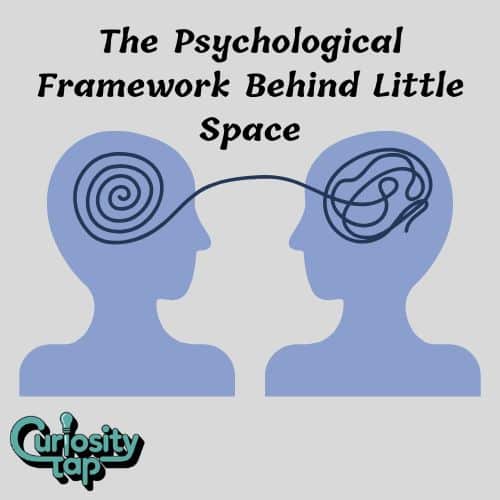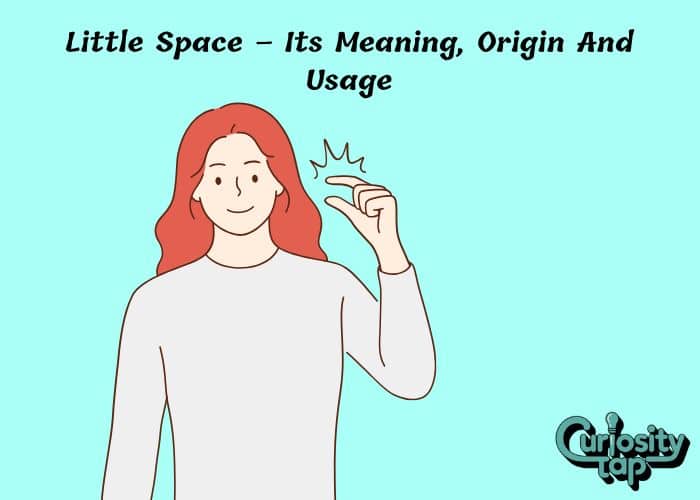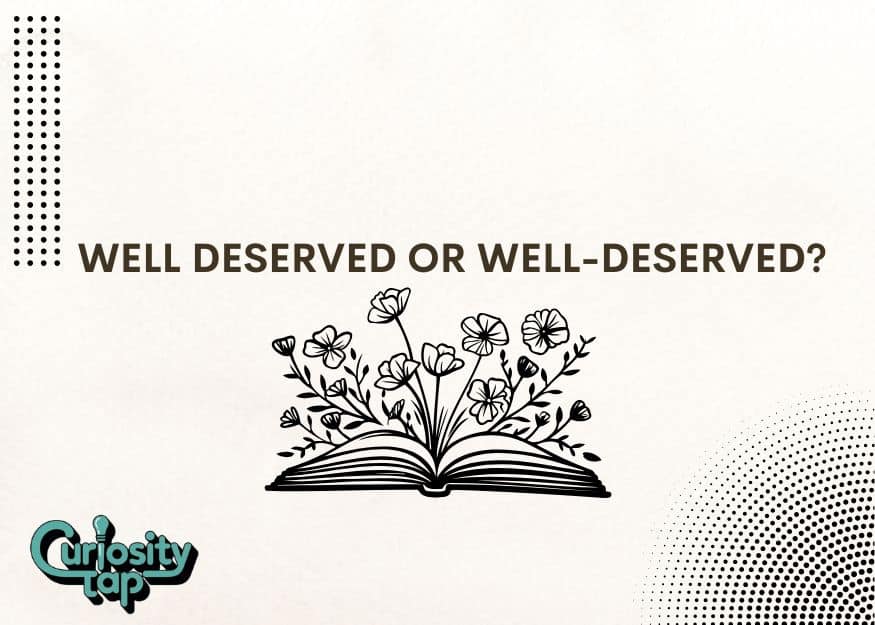In the vast landscape of modern internet culture and mental health discourse, few terms have captured the attention of online communities quite like “little space.”
This fascinating concept has evolved from niche digital conversations into a widely recognized phenomenon that touches on themes of emotional healing, stress relief, and the profound human need for psychological safe spaces.
Understanding what is little space requires us to delve into both its literal interpretation and its deeper psychological implications that resonate with countless individuals seeking comfort behavior in an increasingly complex world.
Understanding the Core Concept: What Does Little Space Really Mean?
What does little space mean in contemporary usage? At its most fundamental level, little space refers to a mental and emotional state where an individual temporarily adopts a childlike mindset as a form of coping mechanism.
This psychological retreat allows people to step away from adult responsibilities and immerse themselves in innocence and simplicity. The term encompasses both the physical environment someone creates for this experience and the mental state they cultivate.
When someone enters their little space, they might engage with cartoons, play with toys, use childlike wonder to approach everyday activities, or simply allow themselves to feel protected and nurtured.
This practice serves as a mental reset that helps individuals process adult stress and reconnect with their inner child. The concept goes beyond mere nostalgia; it represents a deliberate therapeutic regression that many find profoundly healing.
Sarah, a 28-year-old graphic designer, explains her experience: “My little space isn’t just about watching Disney movies or coloring in books. It’s about creating a nurturing space where I can feel safe to be vulnerable and process emotions without the weight of adult expectations.”
This perspective illustrates how little space functions as more than entertainment it’s a sophisticated stress relief technique that addresses genuine psychological needs.

The Psychological Framework Behind Little Space
The phenomenon of little space connects deeply with established psychological concepts around age regression and emotional retreat.
Mental health professionals recognize that returning to simpler times through controlled childhood regression can serve as an effective coping mechanism for various life stressors.
This practice allows individuals to access the comfort zone of their younger selves while maintaining their adult awareness and autonomy.
Age play and little space intersect but aren’t identical concepts. While age play often involves specific role-playing scenarios, little space typically focuses on the internal experience of feeling young, protected, and free from adult burdens. This distinction matters because little space emphasizes the mindset shift rather than external performance.
The therapeutic regression aspect of little space has gained attention from mental health advocates who recognize its potential benefits
Dr. Martinez, a clinical psychologist, notes that “controlled regression can help individuals process trauma, reduce anxiety, and develop healthier emotional regulation strategies.”
This professional validation has helped legitimize little space as a genuine mental health practice rather than mere escapism.
Digital Culture and the Evolution of Little Space Communities
The rise of little space is inextricably linked to the growth of online communities and digital culture. Platforms like Tumblr, Reddit, and Twitter have provided spaces where individuals can explore and discuss their experiences with little space openly. These communities have developed their own vocabulary, rituals, and support networks that help members navigate their youthful escape practices.
Online identity formation plays a crucial role in how people discover and embrace little space.
Many individuals first encounter the concept through social media posts, blog articles, or community discussions. The anonymity and accessibility of online spaces allow people to explore little space without the judgment they might face in offline conversations.
Emma, a college student, discovered little space through an online forum: “I was struggling with anxiety and someone mentioned how their little space routine helped them cope.
The community was so welcoming and educational they helped me understand that wanting to feel small and protected wasn’t childish, it was human.” This experience highlights how online communities serve as both educational resources and support networks for little space practitioners.
Cultural Origins and Historical Context
While the specific term “little space” gained prominence in the 2010s, particularly around 2016 according to Urban Dictionary entries, the underlying concept has much deeper historical roots.
The human tendency toward nostalgia and the desire to reconnect with childhood experiences isn’t new what’s new is the way digital culture has created space for these experiences to be named, shared, and validated.
The emergence of little space terminology coincided with broader cultural conversations about mental health, safe spaces, and alternative therapeutic approaches.
As traditional mental health resources became more accessible and acceptable, related concepts like little space found their audience among people seeking additional coping strategies.
Cultural references like “Oh My Lanta” and other childhood-associated phrases often appear in little space contexts, creating linguistic bridges between adult users and their younger selves.
These expressions serve as both comfort triggers and community identifiers, helping individuals signal their little space interests to others who understand the reference.
Practical Applications and Modern Usage
Understanding little space meaning requires recognizing its practical applications in daily life. Modern practitioners use little space for various purposes: stress relief, emotional healing, personal growth, and creating mental hideouts from overwhelming situations.
The flexibility of the concept allows individuals to adapt it to their specific needs and circumstances.
Common little space activities include watching animated movies, engaging in creative play, using soft textures and comfortable clothing, practicing mindfulness with a childlike wonder approach, and creating cozy spots filled with items that evoke safety and comfort.
These activities serve as healing through play opportunities that help adults process complex emotions in gentler ways.
Michael, a 35-year-old teacher, describes his approach: “After particularly stressful days, I create a miniature haven in my living room with soft blankets, tea, and animated movies.
It’s my youthful oasis where I can decompress and remember that not everything has to be complicated.” This practical application demonstrates how little space can be integrated into adult life as a comfort behavior rather than an escape from responsibility.
Contemporary Alternatives and Related Concepts
The concept of little space has inspired numerous related terms and practices. Nostalgic hideaway spaces, tiny gap moments of regression, snug hideaway experiences, and pocket of room practices all draw from similar psychological needs. These alternatives show how the core concept has evolved to meet different preferences and comfort levels.
Scaled-down space arrangements, modest enclosure setups, and petite zone practices offer ways for people to experiment with little space concepts without fully committing to the identity or community aspects.
These variations recognize that not everyone wants to engage with online communities or adopt specific terminology, but many still benefit from the underlying psychological retreat practices.
The therapeutic self-expression movement has embraced many little space elements, incorporating childlike wonder, comfort behavior, and emotional healing techniques into broader wellness practices. This integration has helped normalize little space concepts within mainstream mental health discussions.
Addressing Misconceptions and Building Understanding
Despite its growing acceptance, little space still faces misconceptions that can prevent people from accessing its benefits. Some critics dismiss it as immature or unhealthy, failing to recognize the sophisticated psychological work involved in healthy therapeutic regression.
Others conflate little space with inappropriate behaviors, missing the emphasis on innocence and simplicity that defines authentic practice.
Education about little space must address these misconceptions while providing accurate information about its mental health benefits. Safe space creation, emotional regulation, and stress relief are legitimate psychological needs that little space can help address. The key lies in understanding when and how to engage with these practices responsibly.
Lisa, a mental health advocate, emphasizes: “Little space isn’t about refusing to grow up it’s about giving yourself permission to feel protected and nurtured when you need it most. It’s a coping mechanism that acknowledges our universal need for comfort and security.”
This perspective helps frame little space as a mature approach to emotional healing rather than an immature escape.
The Future of Little Space in Mental Health and Wellness
As mental health awareness continues to grow, little space concepts are likely to become more integrated into mainstream wellness discussions. The recognition that adult stress requires diverse coping strategies has opened doors for alternative approaches like little space to gain legitimacy and support.
Subcultures and identity formation around little space continue evolving, with new communities forming and existing ones expanding their understanding of the concept. This growth suggests that little space addresses genuine psychological needs that traditional approaches might not fully satisfy.
The ongoing development of little space practices reflects broader cultural shifts toward personalized mental health approaches and the recognition that healing through play can be as valuable as more traditional therapeutic methods.
As research continues and understanding deepens, little space may become an even more widely recognized tool for emotional healing and personal growth.
Conclusion: Embracing the Healing Power of Little Space
Little space represents more than a trending concept or internet phenomenon it embodies a fundamental human need for psychological safe spaces and emotional retreat.
Through understanding what is little space and what does little space mean, we can appreciate its role in modern coping strategies and its potential to support mental health and wellness.
The journey from niche online communities to broader cultural recognition demonstrates how digital culture can validate and normalize important psychological practices.
Little space offers individuals a way to access their inner child, practice therapeutic regression, and create nurturing spaces that support their overall well-being.
As we continue to explore and understand little space, its meaning and applications will likely expand, offering even more people access to this powerful stress relief technique.
Whether through miniature havens, youthful oases, or nostalgic hideaways, the core principle remains the same: sometimes, the most mature thing we can do is allow ourselves to feel small, safe, and protected in a world that often demands we be anything but.
Read more knowledgeable blogs on Curiosity Tap
Is this article helpful?

Jackson Pearson is a passionate educator and language enthusiast behind the blog Jackson Pearson. With years of experience in teaching and writing, he specializes in simplifying complex grammar rules, breaking down tricky vocabulary, and crafting learning guides that are both engaging and practical. His mission is to help readers boost their English skills whether they’re beginners or brushing up for fluency. Through every article, Jackson brings clarity, structure, and a spark of curiosity to the world of English learning.



